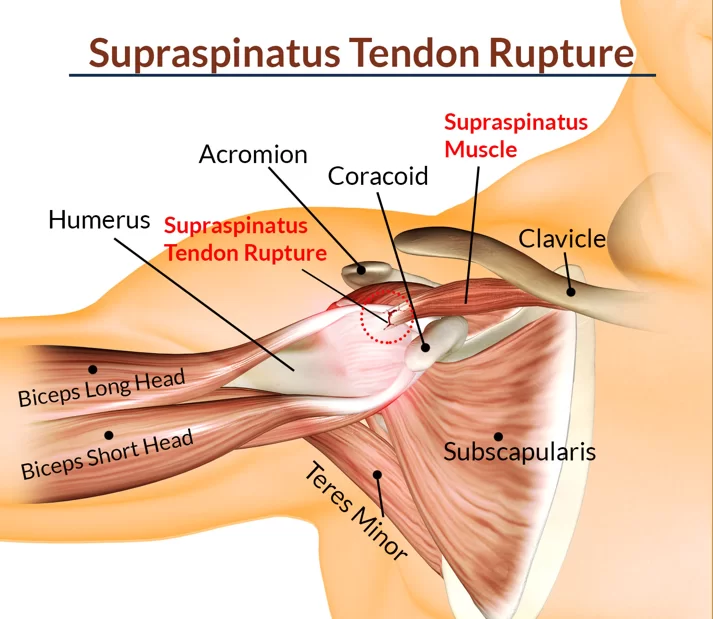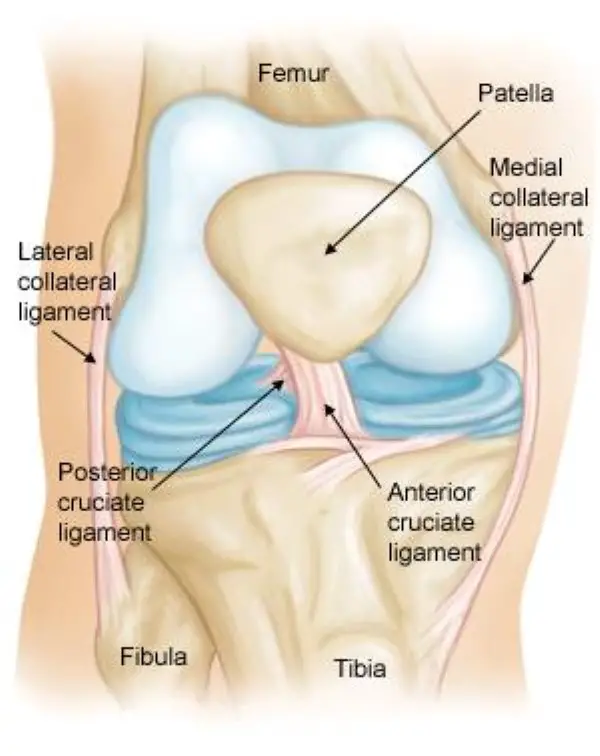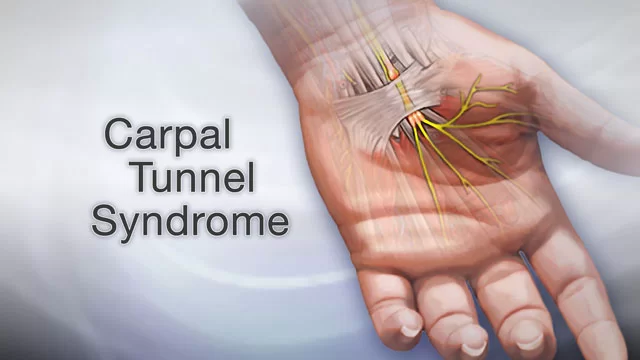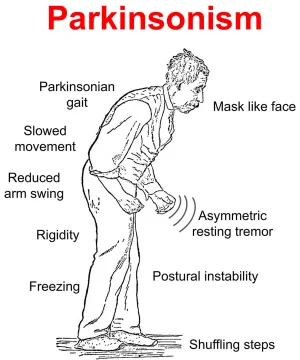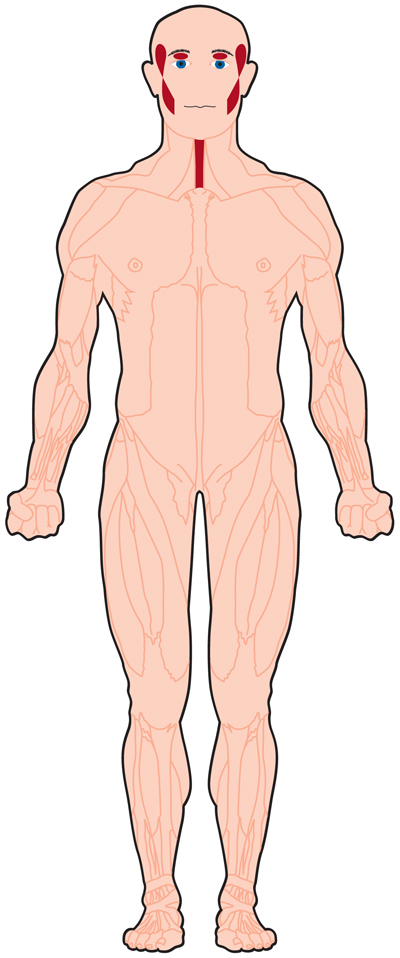Supraspinatus Tendinitis: Physiotherapy Management
Definition of Supraspinatus Tendinitis: Supraspinatus tendinopathy is a common and disabling condition that becomes more prevalent after middle age and is a common cause of pain in the shoulder. A predisposing factor is a resistive overuse. The supraspinatus tendon of the rotator cuff is involved and affected tendons of the musculoskeletal system and becomes degenerated,…

